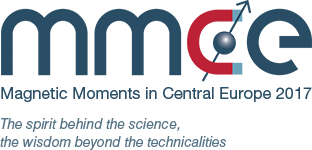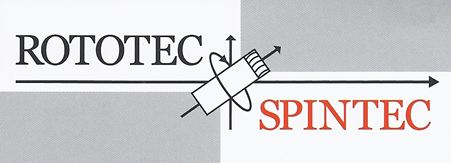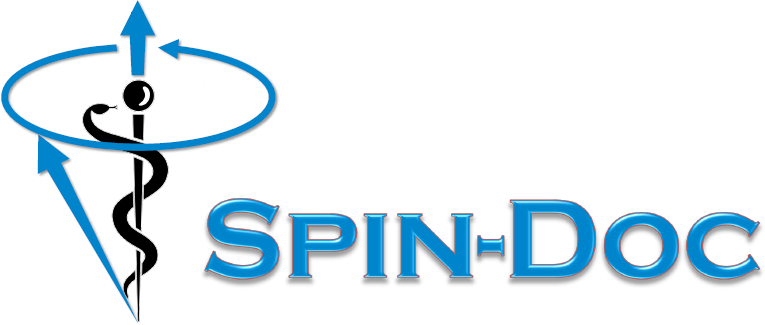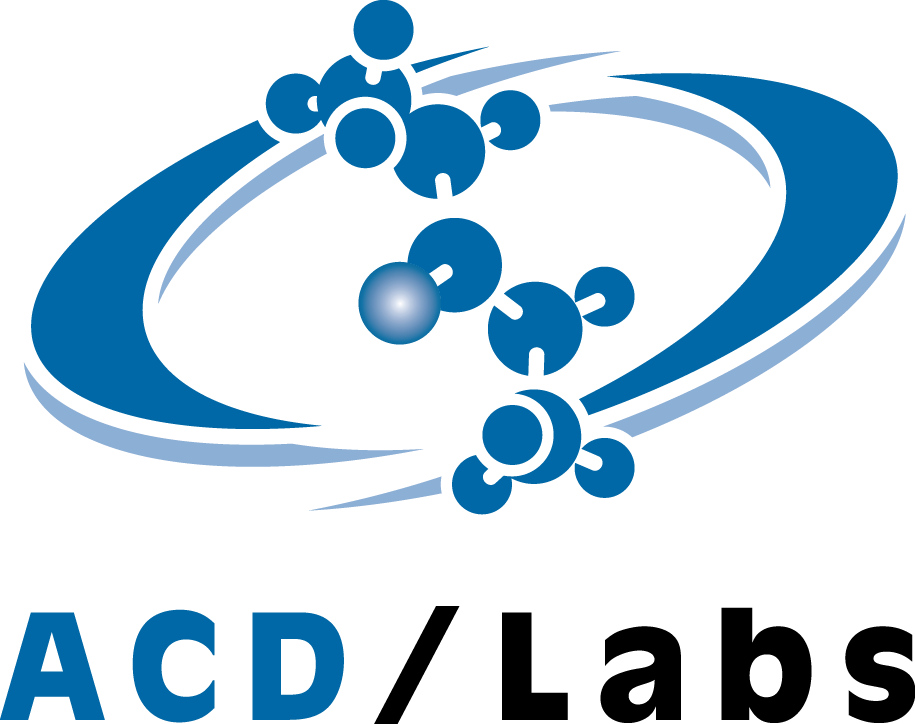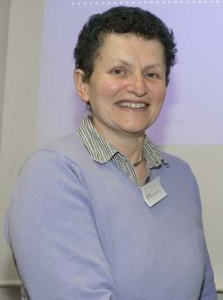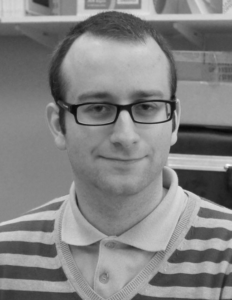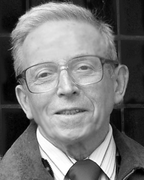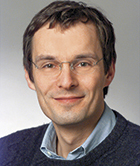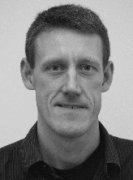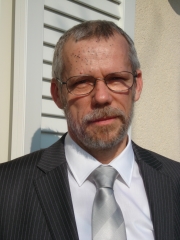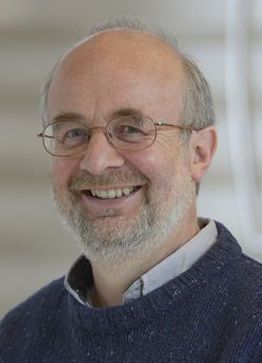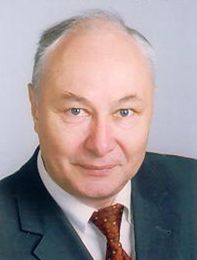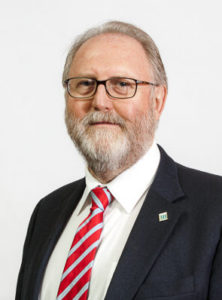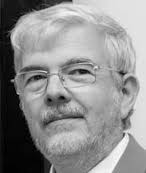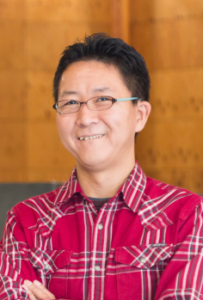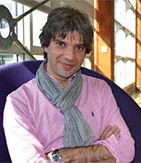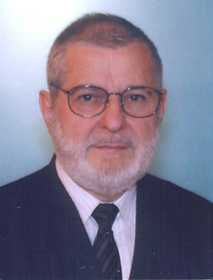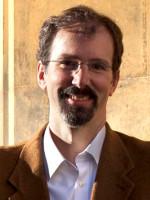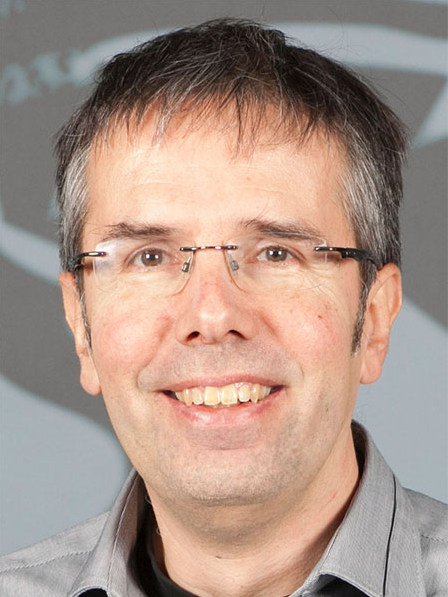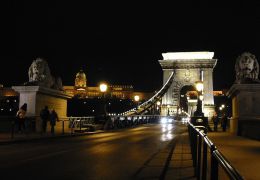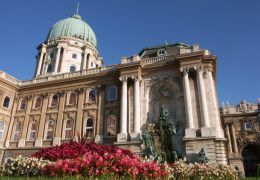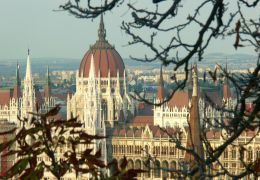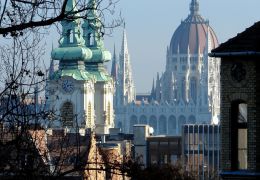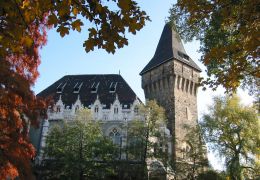Call for papers
Instructions for speakers
Oral presentations:
PowerPoint, PDF presentations are accepted on USB sticks. Version MS PowerPoint 2003-2010 is recommended. Laptops and projectors will be available for the presenters. The presentation has to be copied to the laptop at the beginning of the session. Lenght of the presentation will be published soon.
Poster presentation: 
Poster size: A0 (814mm x 1189mm)
Orientation: Portrait
The organisers provide all equipments and tools (pins, adhesive tape, scissors) to mount your poster to the board at the conference venue.
The conference is organized around the following main topics:
- Basics
- Small molecules
- Biomolecules
- Binding and interactions
- MRI
- Solids
- Pharmaceuticals
- Inorganic compounds
- Software and hardware news
All abstract submissions must be made online before 30 November 2016.
EXTENDED SUBMISSION DEADLINE: 10 December 2017
ONLINE SUBMISSION>>
(online submission is closed, please send your abstract via e-mail to the organisers)
Chair’s personal guiding thoughts on preparing your talk/poster
There are two prevailing myths about scientific presentations. 1. A presentation should/can be either “technical” or “tutorial/popular”. 2. “Tutorial/popular” presentations are not “scientific” enough and “popularization” means “dumbing down” the scientific content. These myths tend to determine the style and content of the presentations at many scientific conferences, so that the presenters all too often work themselves into a level of technical detail that will leave most of the audience detached. In my view, the main purpose of most scientific presentations (or even any presentation) should be to communicate concepts, to grab the essence of things, to provide insights, and to inspire the audience. NMR itself is a multidisciplinary field in which there is a desperate (but more or less hidden) need for specialists in the various sub-fields to better understand each other, and this requires the exchange of conceptual information, and not shying away from tutorial intentions. Moreover, creative thinking and the interdisciplinary cross-fertilization of ideas typically happen initially at a conceptual, rather than a deeply technical level (the latter is the realm of scientific papers and prolonged contemplative thought). This brings us back to the two aforementioned myths: neither of them is (necessarily) true! On the one hand, it is entirely possible to present technically intricate topics in a simple and “popular” fashion – only one has to switch attitude and viewpoint! As Einstein pointed out: “If you can’t explain it simply, you don’t understand it well enough.” On the other hand, “popularization”, when done well, is not an act of “dumbing down” something, but elevating it in the sense that “popularization” evokes the ability of the presenter to “see the wood for the trees”. According to a saying by the physicist Michel Crozon, “I popularize so that I can better understand what I am popularizing”. Indeed, we have seen many wonderful examples of presentations prepared and delivered in that style, proving both myths wrong and enjoying very good reception, at past MMCE conferences! Building on this premise about presentations, which is one of the core ingredients of MMCE in line with its Mission Statement, I would like to encourage prospective presenters at this conference to dare to be simple!
Instructions for Abstracts
- Use Times New Roman 12 font throughout the abstract (except for symbols).
- Limit abstract to 1 page in single lane spacing.
- All document margins should be 2.5 cm.
- Justify title and abstract text.
- Title should be in bold.
- Author’s first and middle name initials should be followed by last name. Use superscript numbers for authors with different affiliations.
- Underline presenting author.
- Please include affiliation and address below authors. Use superscript numbers for additional affiliations.
- References with 2 authors should use “and” separating the authors.
A sample abstract can be downloaded here.
In accordance with the aims of MMCE (see Mission Statement), the abstract should be as informative as possible, and may represent a broad range of ideas and experimental observations regarding a particular topic. Abstracts should be as informative as possible and should be written with appropriate adherence to scientific ethics in terms of claiming originality and making references to others’ work in the field. Abstracts will be reproduced as typed by the author. Submitted abstracts can be seen, updated or deleted within the whole period of the abstract submission online.
The authors should indicate whether they prefer an oral or a poster presentation; however, as noted in the “Basic philosophy”, the organizers will maintain the right to treat a submission as an oral or a poster presentation. Correspondence regarding the abstracts, such as confirmation of submission, notification of acceptance (oral or poster) or rejection, and instructions about the presentation will only be sent to the corresponding author. The presenting author is required to register for the symposium and to pay the registration fee as a condition of presenting the paper.
If you are unable to submit your abstract online please contact the organizers for further instructions or assistance.
Please note that submission of abstracts requires prior registration of at least one author via the conference website. A link to the abstract submission platform will become available only after successful registration.
